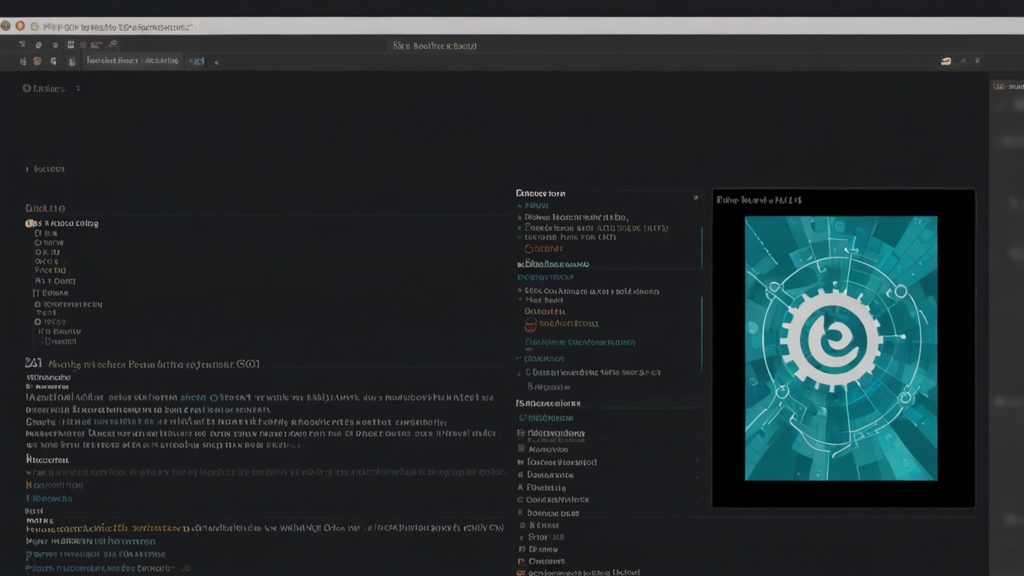The Strange World of Superposition in Quantum Physics
Quantum physics, with its peculiar principles and often counterintuitive experiments, sits at the crossroads of our understanding of the fundamental nature of the universe. Among the most mind-bending concepts in this field is the principle of superposition. This bizarre characteristic defies what we traditionally understand about how objects behave and exists as a cornerstone of quantum theory.
What is Superposition?
In classical physics, an object is said to occupy one state at any given time. For instance, a coin is either heads or tails, never both. However, the realm of quantum physics deals with particles at the atomic and subatomic levels, where the rules dramatically change. Superposition fundamentally states that particles like electrons can exist in multiple states simultaneously. Until measured or observed, these particles don't settle in a single state but rather encompass all their possible states at once.
"If quantum mechanics hasn't profoundly shocked you, you haven't understood it yet." - Niels Bohr
Schrödinger’s Cat – A Thought Experiment
One of the most famous illustrations of superposition is Schrödinger's cat, a thought experiment proposed by Erwin Schrödinger in 1935. Imagine a cat placed in a sealed box with a radioactive atom, a Geiger counter, a vial of poison, and a hammer. If the Geiger counter detects radiation, the hammer breaks the vial and releases the poison, killing the cat. The key to this experiment is that the quantum state of the radioactive atom is in superposition - it is both decayed and not decayed.
Due to the superposition, until someone opens the box to observe, the cat is simultaneously dead and alive. Once the box is opened and the cat is observed, the superposition collapses into one of the two available options: either the cat is dead, or it is alive. This demonstrates how our observation affects the quantum world, forcing superpositions to resolve into a single, observable state.
Superposition in Practice
Superposition has critical applications in developing technologies like quantum computing. Traditional computers use bits as the smallest unit of data, which can exist as either a 0 or a 1. Quantum computers, on the other hand, use quantum bits or qubits, which harness superposition. A qubit can be in a state of 0, 1, or both simultaneously. This capability dramatically enhances computational power, potentially solving complex problems that are impractical for classical computers.
"Anyone who is not shocked by quantum theory has not understood it." - Niels Bohr
Why Superposition Challenges Our Intuition
The strangeness of superposition lies in how it challenges our conventional understanding of reality. In our everyday world, objects have definite positions and states. A table doesn't blur into multiple locations at once. The quantum realm, however, operates on different principles. The idea that particles can be in multiple states simultaneously seems surreal and defies the binary nature—yes or no, on or off—that we are accustomed to. This duality in superposition opens philosophical discussions about the nature of reality and the role of the observer within it.
Conclusion
The principle of superposition in quantum physics continues to intrigue and baffle scientists and laypersons alike. It exemplifies the inherent complexity and the often paradoxical nature of the quantum world. As research progresses, the insights gained from understanding superposition are not only fascinating but also hold the potential to revolutionize various technological fields. For anyone delving into the mysteries of quantum physics, embracing the strangeness of superposition is but the first step in a profoundly enlightening journey.
The strange world of superposition invites us to rethink our perceptions of reality and the fundamental workings of the universe. As Niels Bohr sharply noted, quantum mechanics is bound to shock you—but therein lies its brilliance.








